- UHV Cryogenic Vector Magnetic Field Scanning Tunneling Microscope
-
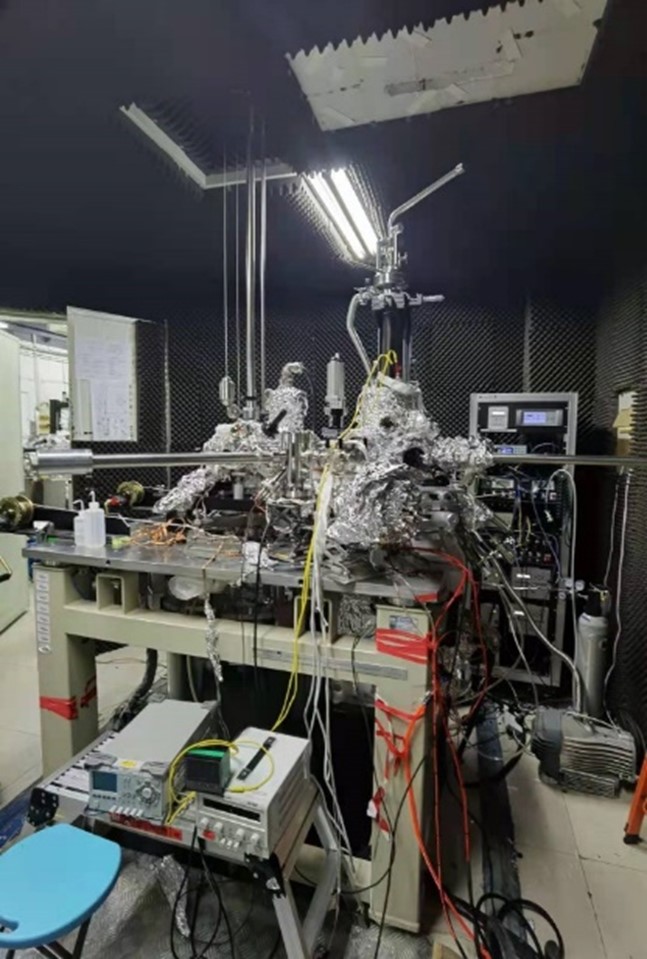
Unisoku USM-1300 Ultra-high vacuum (UHV) cryogenic vector magnetic field scanning tunneling microscope: This instrument is operated at an ultra-low temperature of 300 mK and is equipped with a three-dimensional superconducting magnet system (9T-2T-2T) and 10 GHz high-frequency electric field. It is primarily utilized for the investigation of superconductivity, topological superconductivity and Majorana fermions in low-dimensional materials.
- Low-Temperature Scanning Tunneling Microscope
-
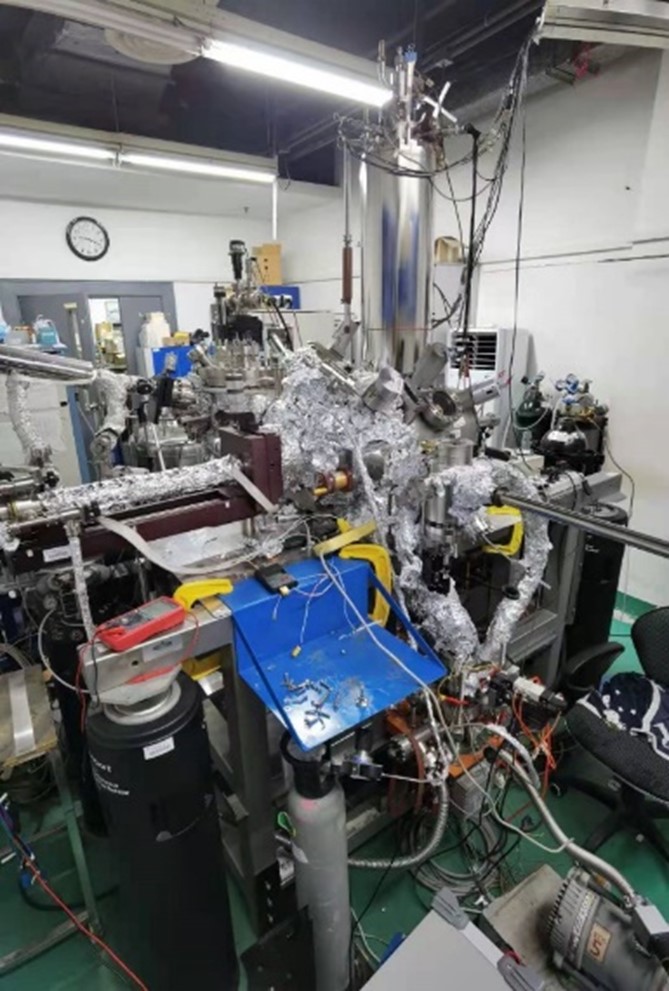
Createc low-temperature scanning tunneling microscope: This equipment is operated at 4.2 K with a Q-plus atomic force microscope. It is primarily employed for studying charge density waves, correlated electron, superconductivity and other phenomena in low-dimensional materials.
- Integrated UHV Cluster System
-
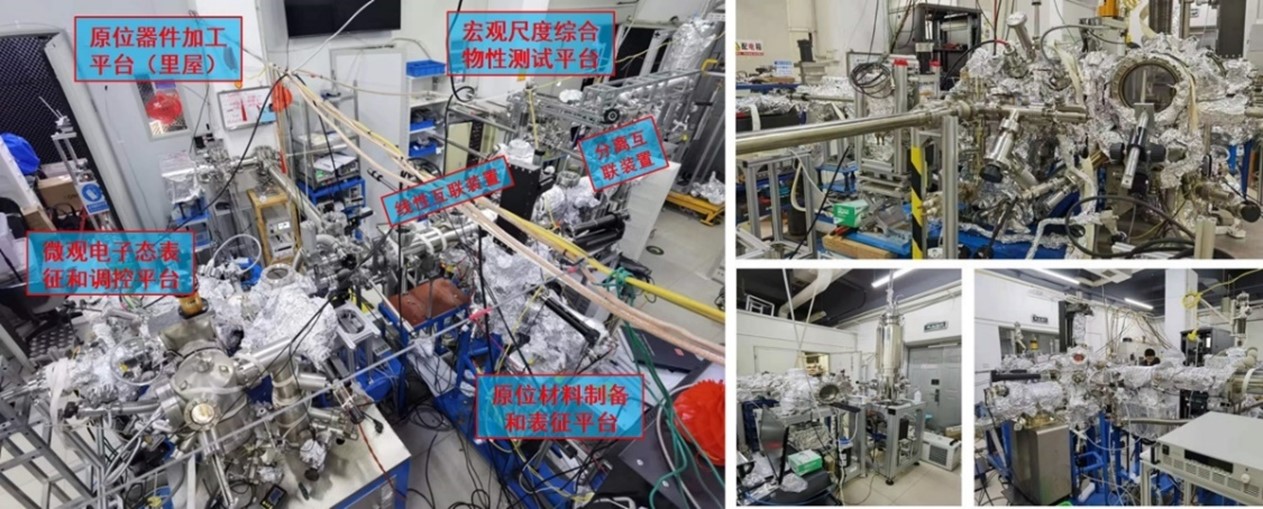
Home-made integrated UHV cluster system: This system enables a series of process including growth, characterization, device fabrication and testing of low dimensional quantum materials within in-suit UHV environment. The system includes: 1) Variable temperature scanning tunneling microscope; 2) Molecular beam epitaxy; 3) In-situ electrode preparation and integrated measurement; 4) Low-energy electron diffraction. The system is primarily utilized for the synthesis and investigation of novel quantum thin film materials.
- Photoelectric Ferroelectric Integrated Measurement System
-
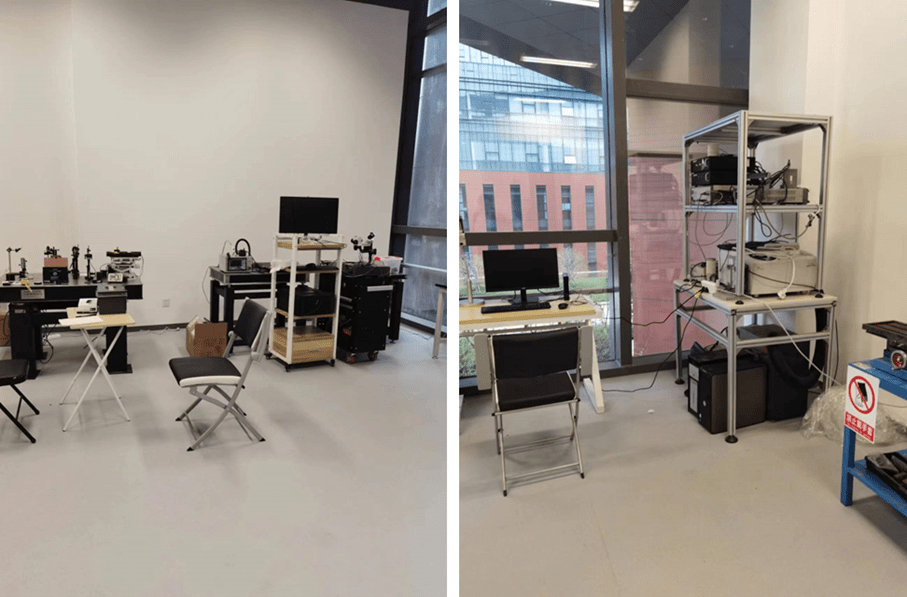
The Photoelectric Ferroelectric Integrated Measurement System: This system comprises: 1) High-temperature functional photovoltaic probe system; 2) Photoelectric measurement system based on the molecule adsorption; 3) Differential scanning calorimeter (DSC) analyzer; 4) Inductance capacitance resistance (LCR) multimeter; 5) Ferroelectric measurement and analysis system. It is primarily used for investigating the optoelectronics and ferroelectricity in novel low-dimensional materials and heterostructures.
- Scanning Casimir Force Microscope
-
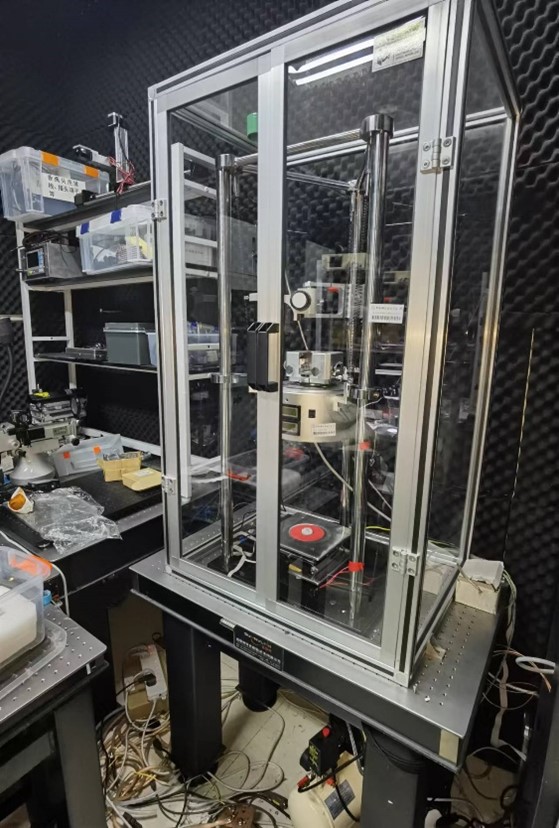
Home-made platform for Casimir force measurement: This equipment is based on the atomic force microscope and consists of the following components: 1) Scanning Casimir force microscope; 2) Liquid detection system; 3) Optical assistant system. 4) Micro-cavity system. It is primarily utilized for exploring the Casimir effect and manipulation.
- In-situ Preparation and Characterization System for Quantum Materials
-
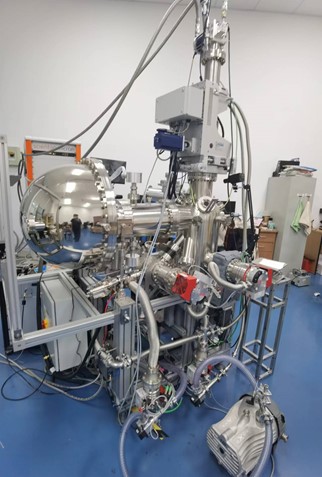
In-situ Integrated Preparation and Characterization System for Quantum Materials: This platform consists of: 1) Angle-resolved photoemission spectroscopy (ARPES); 2) Low-temperature scanning tunneling microscope (with a 5 T magnetic field and 1.8 K cryogenic temperature, under construction); 3) Molecular beam epitaxy system (under construction). It is primarily utilized for the development and investigation of novel quantum materials for topological quantum computing.